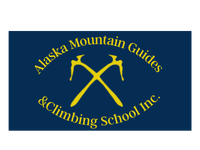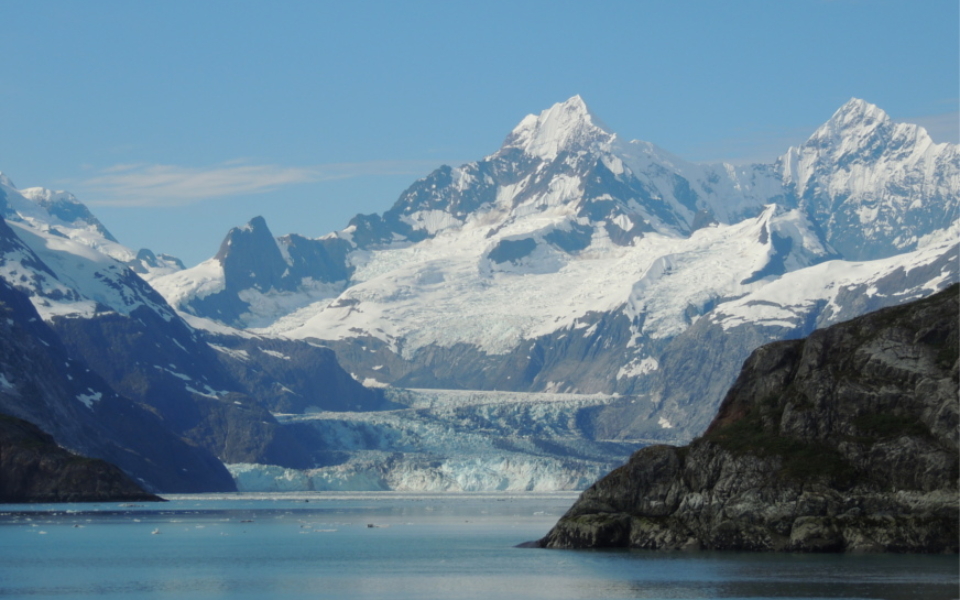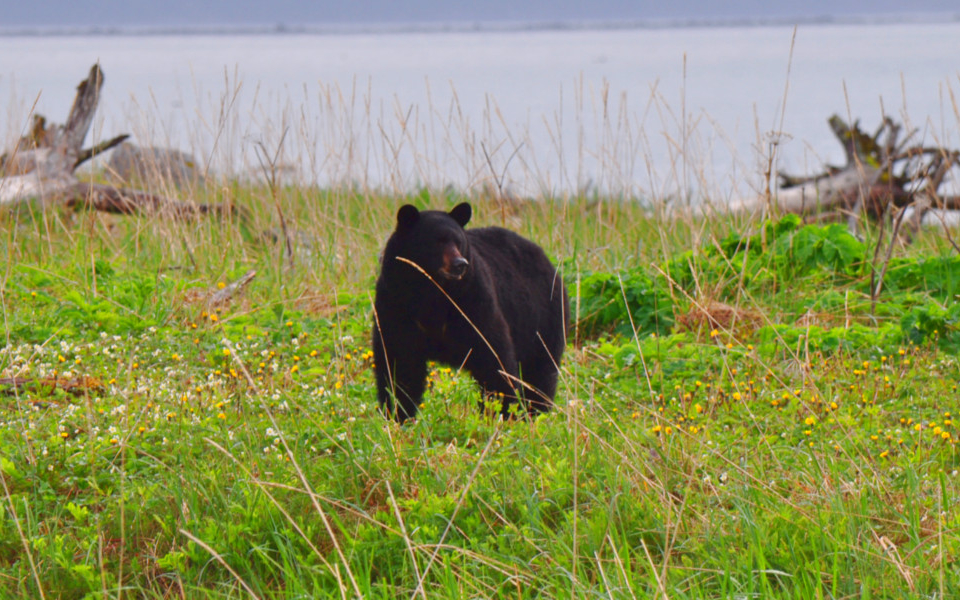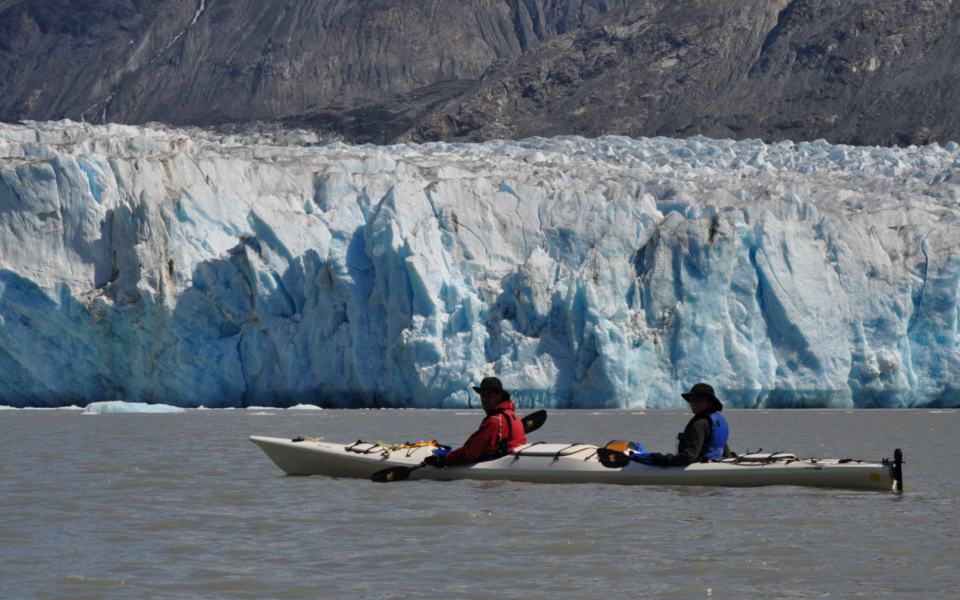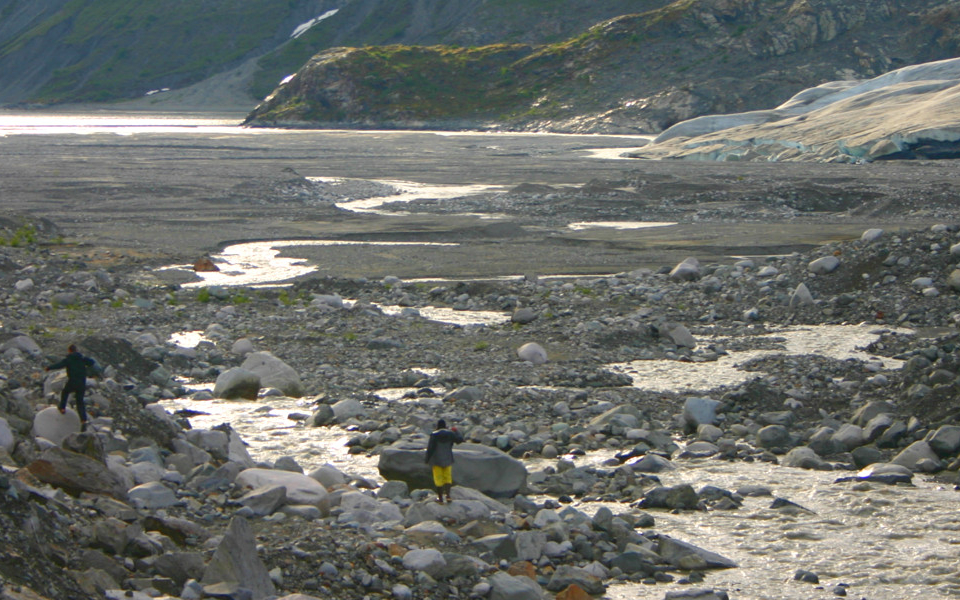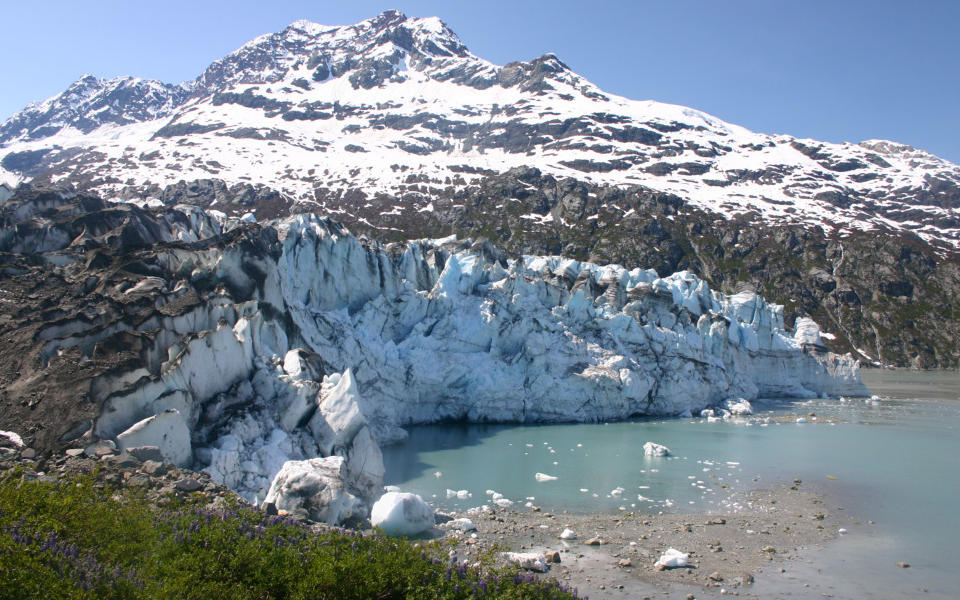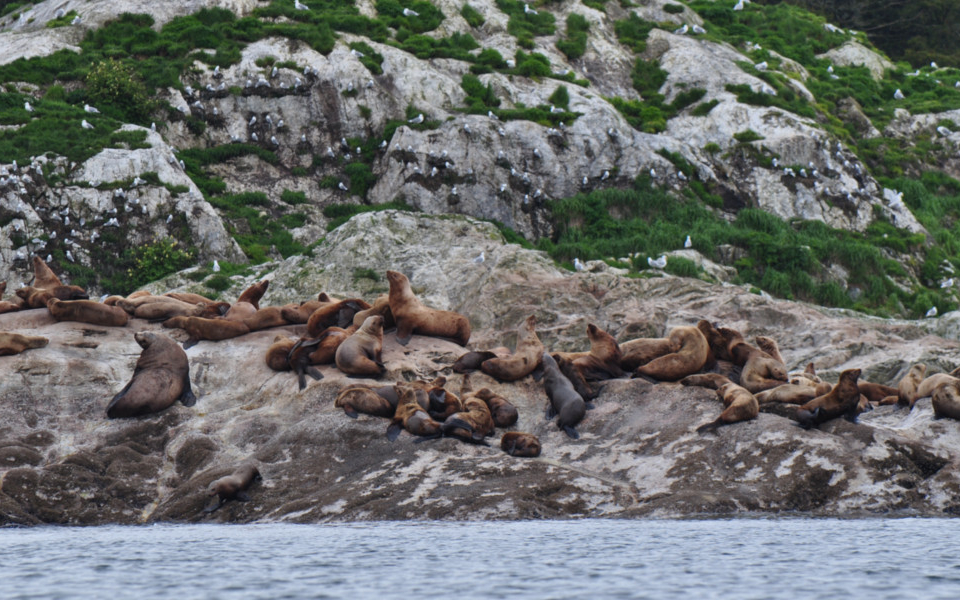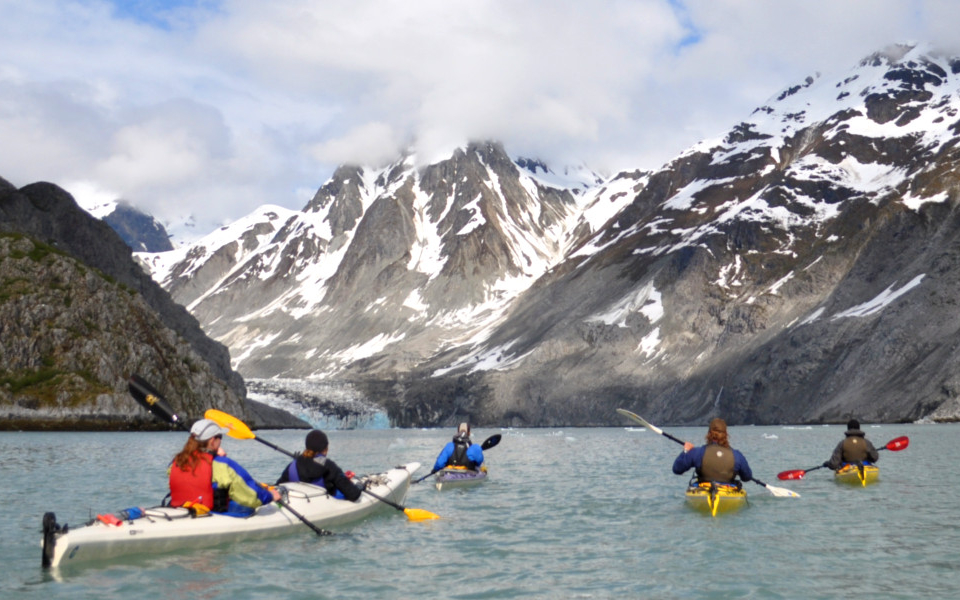The East Arm of Glacier Bay National Park is home to one of the most prolific marine ecosystems in the world. Fjords teeming with wildlife, towering jagged mountain peaks, and stunning glaciers combine to create the paddling experience of a lifetime.
Trip Photos
Trip Notes
Meeting Point: Gustavus, AK
Destination: Glacier Bay National Park
Duration: 8 days
Price: $3800 (+ tax, in USD)
Activity Type: Kayaking
Season: June, July, August
Guide to Guest Ratio: 1 to 6
Difficulty Level: 2 out of 5
Paperwork Required: Registration, Health Form, Risk Acknowledgment
CLICK HERE FOR DATES & PRICES
Related Trips:
Trip Description
Glacier Bay National Park is a part of the largest protected wilderness area in the world and is recognized as a UNESCO World Heritage Site.
Closed to cruise ships and most other motorized boat traffic, the East Arm is a seldom visited paddler’s paradise. See how the physical world shapes the biological with the succession of marine and terrestrial life flourishing in the wake of receding glaciers. Fjords teeming with wildlife, towering jagged mountain peaks, and stunning glaciers combine to create the paddling experience of a lifetime.
On this trip you’ll enjoy an adventurous exploration of Glacier Bay National Park’s scenic East Arm, including the pristine wilderness of the Muir Inlet. You’ll start with a paddle through the Beardslee Islands and the rich ecosystem of the lower bay. The next few days are spent paddling into the East Arm, kayaking and camping amidst awesome mountain scenery and majestic glaciers. Paddling the inlets and hiking along the immaculate beaches allow visitors to view the Earth’s most fundamental geologic processes first-hand. At the end of the trip, we’ll get on the ferry to make our way back to Gustavus after taking a cruise of the Glacier Bay’s West Arm.
GUSTAVUS: Gustavus, Alaska is the starting/finishing place for this trip. Gustavus is a small community located along Icy Straight in Southeast Alaska, and is the headquarters for the park service. Gustavus is easily accessed with several flights departing Juneau, Alaska daily. Ferry service is also available. We will spend the evening before and after our trip here.
GETTING TO THE EAST ARM: We will launch from Bartlett Cove and spend the first couple of days paddling through the Beardslee Islands. The sheltered waterways of the Islands draw in a myriad of marine and terrestrial wildlife and are a superb introduction to your paddle. As we continue north we will enter the East Arm, home to the magnificent Riggs, McBride, and Muir Glaciers.
KAYAKING: Our East Arm itinerary does cover some distance and is slightly more active than some of our other Glacier Bay trips. We will typically move camp every night paddling upwards of 10-15 miles (about 3-5 hours on the water) per day. Explorations on foot will give us a better understanding of this remarkable ecosystem.
GLACIER BAY NATIONAL PARK: Located in Southeast Alaska, Glacier Bay National Park’s ice-sculpted fjords, thriving wildlife, and awe-inspiring glaciers embody the essence of Alaskan wilderness. This unique and intact ecosystem gives visitors the opportunity to see the wild in its natural state; a rare privilege in the world today.
OUR GUIDES: Alaska Mountain Guides & Climbing School Inc. instructors and guides are professionals. They have a wealth of knowledge and experience guiding throughout Alaska and the world that they will truely enjoy sharing. Their skill and positive attitudes will ensure that you have the best possible experience during your trip. Your safety and enjoyment are their primary goals.
Trip Itinerary (in a printable PDF format)
Day 0: Meet in Gustavus for a pre-trip orientation. Lodging and meals on your own.
Day 1: After an early breakfast, we’ll launch from Bartlett Cove and paddle into the dynamic Beardslee Islands. The active wildlife and tides make for an incredible wilderness experience.
Days 2: The scenery changes dramatically as we leave the lush forests of the Beardslee Islands behind and enter a land still under the influence of the Little Ice Age.
Day 3-7: We’ll explore the pristine upper fjords of Glacier Bay by kayak and on foot. Keep your camera ready for dramatic scenery of awe-inspiring 9,000-foot mountain peaks, ice-hewn fjords, extraordinary glaciers, and abounding wildlife. Experience the thunder, crackle, and pop of the McBride Glacier calving into the bay. Keep watch for the scores of marine and terrestrial species that call the Park home. A flexible itinerary allows for fabulous hikes and serene paddles. You may explore McBride, Riggs, and perhaps Muir Glaciers, each with its own striking beauty and personality.
Nights will be spent camping on the wild and scenic shores. Our two-person kayaks are stable and easy to use. Single-person kayaks are also available for more experienced paddlers. A foot-controlled rudder system allows the stern paddler to steer the boat in any direction. Each boat will carry personal gear, as well as a share of the group food and camp gear. All meals are included for these days.
Day 8: After an early breakfast, we’ll pack up camp, then paddle and prepare for our boat pick-up and a leisurely ride back to park headquarters at Gustavus. We’ll take a cruise through the West Arm of the park to view the dramatic tidewater glaciers. Put your feet up and watch the magnificent scenery and plentiful wildlife as you relax and rest your tired muscles. Once back, we will transfer you to the Gustavus airport or to your lodging.
What wildlife will we see in Glacier Bay?
The wildlife encountered in Glacier Bay National Park varies somewhat between the East and the West Arms. The forested nature of the East Arm offers a wider variety of terrestrial and marine wildlife than the West Arm. Land mammals such as moose, both brown and black bear, mountain goats, and wolves are frequently spotted along shore. Numerous rare birds such as black oyster catchers, Arctic Terns, scoters, and Harlequin ducks are just a few of the species that call the East Arm home. Marine mammals such as humpback whales, Stellar sea lions, harbor seals, and both sea and river otters are frequently seen in the southern areas of the East Arm. While it is possible to see Orca in any area of the Park, humpbacks are far more common.
The West Arm is known for its high concentration of brown bear and numerous heards of mountain goats. Black bears and moose that typically inhabit the southern and eastern shores of the bay are rarely seen in the West Arm, but not unheard of. The West Arm is largely free from marine mammals with the exception of humpbacks that frequent the Queen Inlet and the Russell Island area, and the high concentrations of harbor seals hauled out on icebergs. Spotting Orca in the West Arm is rare, but may occasionally be seen feeding on the harbor seals from time to time. Similar birds inhabit both the East and the West Arms. Areas near tidewater glaciers such as the Margerie and John Hopkins Glaciers are excellent spots to see tufted puffins, black leg Kittiwakes, and the endangered kitzlitz and marbled murrelets.
What is the weather like in Glacier Bay? What are the best months to go?
Weather in Glacier Bay is similar to the rest of Southeast Alaska, often experiencing cool temperatures and frequent rain fall. May and June offer the least average rain fall of any months, with July and August precipitation steadily increasing up to the rather wet September and October. Some areas of the Bay, such as the West Arm, are traditionally drier than other areas due to the rainshadow effect produced by the high mountain range (Fairweathers) to the west. Day time temps are in the 50’s more often than not. Paddling/camping near glaciers can be colder, possibly dipping into the low 40’s at night.
Will I be paddling in a tandem or solo kayak?
Tandem (double) kayaks are more stable and the preferred method of paddling for all of our guests. If you have extensive experience, and skilled with self-rescue techniques and comfort with paddling a solo kayak, we are happy to consider making this option available to you.
What are the paddling conditions like in Glacier Bay?
Most of the paddling we do takes place in well-sheltered arms and inlets. Lower sections of the bay can experience stronger tides and more wind than upper reaches of the Park, and conditions may be variable. While winds may be encountered in any area of the bay, we use conservative judgment when paddling in such conditions. Glacier Bay is essentially an inland sea, and rarely encounters swell or surf conditions from wind found on more exposed coastlines.
What is the Camping like in Glacier Bay? Are there any facilities?
Glacier Bay National Park is a 3.3 million acre designated wilderness area, and offers no facilities or improvements outside of Bartlett Cove, the start and end of our trips. Campsites are often in the intertidal zone on sand or small rocks and gravel. Glacial outwash plains offer flat tenting and good views up and down beaches. You will rarely camp in the forest or among trees in Glacier Bay. No improvements of any kind have been made, and disposing of waste happens in the intertidal zone (beaches) according to LNT practices and Park Service policy. Guides will choose the campsite based on conditions. You may find yourself camped on a vast beach with breathtaking vistas, or in a small protected cove. Most sites offer plenty of room to explore and flat, well-drained sites for tents.
What is a typical day like on a trip?
On an expedition, each night will end with a discussion of the next day plans. The route for the day will dictate your wake up time. The guides will greet you for drinks and breakfast, and you can begin to pack up your personal belongings. After breakfast we will break camp, pack the kayaks, and depart for the days paddle. We may stop to check out certain places on shore, or float around and view wildlife or glaciers in one spot for a while. We will stop for lunch, and continue on to our next camp. Sometimes we may scout for camps, and keep paddling due to bear activity or site occupants. Certain days we may base camp and take advantage of lighter boats on day paddles to cover larger distances, or to have a more relaxing down day. The Escape will likely only move camp 1 time, and take advantage of paddling lighter boats and returning to a camp set up already.
How close do we get to glaciers?
Sometimes we may paddle to within a quarter mile of glaciers, exercising much caution at all times. More often than not we will stay 1/3 to ½ mile away from tidewater glaciers, but we may elect to paddle closer to non-tidewater glaciers. Glaciers such as the Lamplugh and Reid, offer good opportunity for getting closer to ice in kayaks and on foot. Good hikes exist near these glaciers, and the risk of calving ice producing waves in much less. Glaciers such as Margerie and John Hopkins actively calve into saltwater and produce large surge and will be given a wide buffer. Getting trapped in floating ice is also a risk to be avoided by not approaching too close.
How do we access the east/west arms of Glacier Bay?
We will utilize the Glacier Bay Lodge Catamaran, a large high speed site-seeing vessel that also provides drop off for kayakers in Glacier Bay. It is not a private charter, and kayakers will be vastly outnumbered by sightseers. It provides lunch and hot drinks if you are on the boat when being served. Wildlife and glacier viewing from the boat is the #1 activity in Glacier Bay for park visitors, and rounds out a kayak trip very nicely.
How much paddling will we do each day?
The desires of the group largely control how much paddling is done. On these trips you can expect to paddle up to 5 hours a day, but daily mileage could be as low as 5-6 miles a day. On shorter trips, we take advantage of base camping so we can paddle lighter boats on day paddles.
Are there hiking opportunities on trips in Glacier Bay?
The only established trails in the park are in Bartlett Cove near the lodge and park headquarters. Glacier Bay provides some limited great hiking on glacial outwash plains, beaches, and rock formations up Bay. Generally, foot travel does not come easily in the Bay, and most hikes will be short hikes to take advantage of a view or stretch the legs. Beach walks provide a great way to pass the time in camp. Bushwhacking is sometimes an option for the hardier folks with patience and tenacity. Most hikes can be done in the rubber boots we provide, but having light weight easily packable day hiking shoes can be a good idea.
What type of food will we eat on kayak trips? Can you handle special dietary needs?
All food for Glacier Bay trips must be packed in bear cans, so this somewhat limits the menu for a trip. Although we use NO Freeze Dried or pre-prepared meals, you can expect to each eat meals with bases such as rice, pasta, and other grains on a nightly basis. Fresh fruits and vegetables can be had most days, and canned and smoked meats and fish add a great source of protein. Meals will be very similar to what you would cook at home, and we definitely aim to please with interested and varied menus and good presentation.
Do I need previous kayaking experience for this trip?
No previous kayaking experience is required, but different trips may require varying levels of fitness. We can suggest a trip to best fit your experience and fitness level, and make every accommodation for you to have a successful and rewarding trip. If you are new to kayaking and wilderness camping, the Glacier Bay Escape may be a good introductory trip with a more relaxed pace.
How difficult will this trip be? What physical fitness level do I need for this trip?
Sea kayaking is not reliant on great upper body strength, but expeditions will require a person to be physically active for up to 5-8 hours each day. In addition to kayaking, you can expect to assist with carrying kayaks over uneven terrain, shuttling gear and bear cans up beaches, and setting up and taking down camp. Shorter trips such as the Escape, offer a more relaxed kayaking pace and less work in the way of making and breaking camp every day. We can recommend a fitness plan to help you prepare for the trip.
Trip Documents:
- Trip Itinerary – Printable detailed trip itinerary.
- Equipment List – Review to see if you will need to rent any gear.
- Rental Gear List – Gear available for rent
- Registration Form – One required per participant
- Health Form – Questionnaire and Waiver can be completed on your own or with your healthcare provider.
- Acknowledgement of Risk Form – Specific form for trips within National Parks, must be completed by each participant.
- Travel Info – Helpful information on how to get to/from the meeting location of this trip.
What is included in the trip price:
- Kayaking & camping gear – group camping equipment, tents, kayaks, paddles, PFDs, etc…
- Expedition food – all food while out in the field
- Transportation during trip – travel to our launch area, boat transfers
- Professional guides – Our guides have extensive knowledge of the area and a passion for kayaking in wild places.
Guests are responsible for the following:
- Personal clothing & equipment
- Food & Lodging in town – most lodges in Gustavus provide quality food options
- Trip insurance – we highly recommend trip insurance for all of our programs
- Airfare
- Reviewing trip policies – please reference our policies page for policies regarding payment, cancellations, refunds and guest responsibilities.
- Gratuities
To Book your adventure, follow the steps below:
- Please call to confirm availability at 1-800-766-3396, email us at climb@alaskamountainguides.com, or fill out an online form to request more information via the link at the bottom of this page.
- Place a deposit of $500 to reserve your spot: this can be placed over the phone by credit card, check in the mail, or through our payment gateway.
- Once you’ve reserved your spot, you’ll receive a welcome packet with all the necessary registration forms and trip information.
- We kindly ask that you submit all of the necessary trip registration information at least 45 days prior to your trip.
Feel free to call or email anytime if you have questions about your upcoming trip. Our team is excited to help you prepare for your adventure!
Guest Comments:
One of a kind adventure! It was a challenging day, but an incredible experience I'll remember forever. John was a great guide; personable and always safety conscious.
- Roger P.
